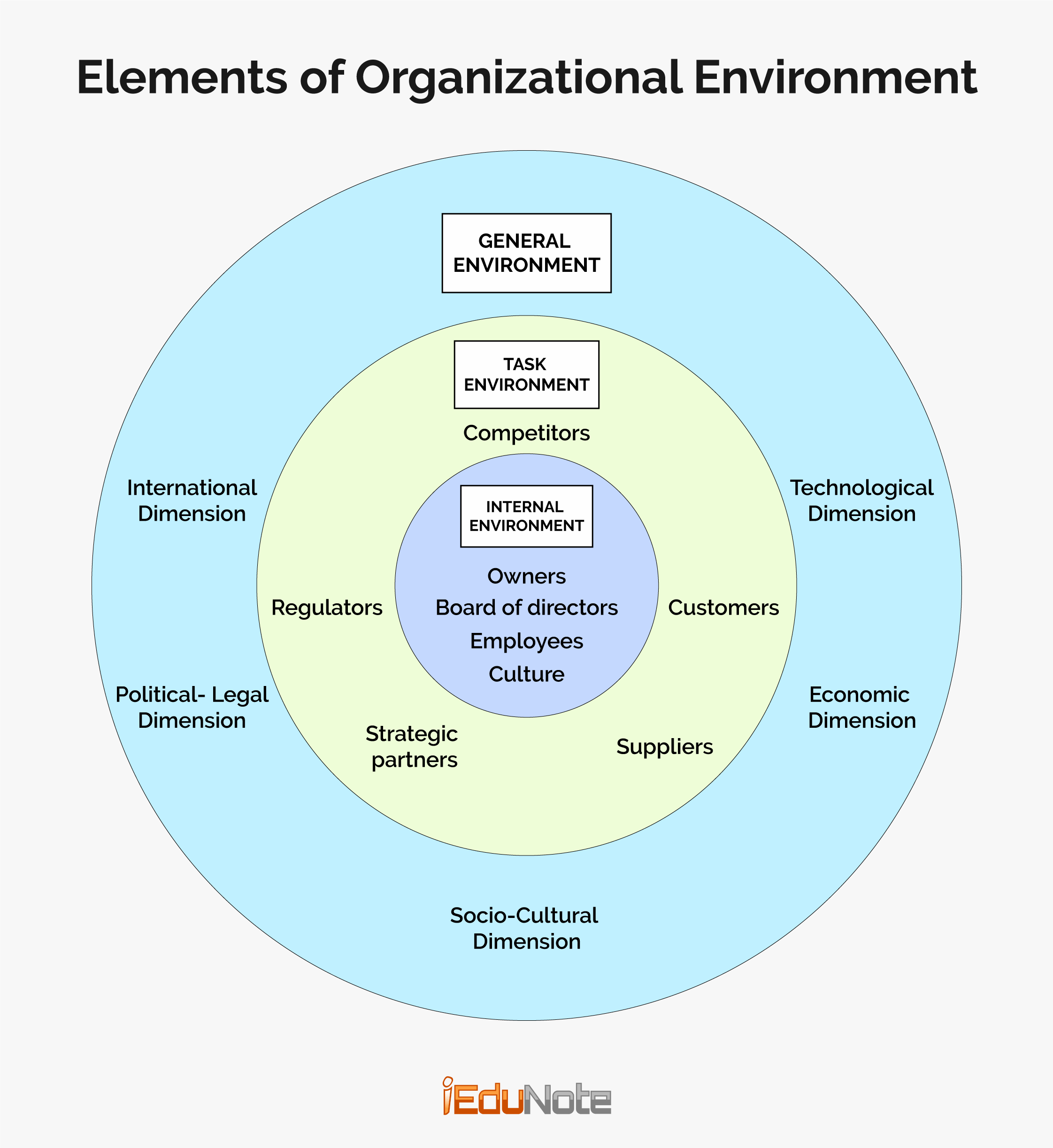General Electric introduced a comprehensive portfolio planning tool called a strategic business-planning grid. Like the BCG approach, it uses a matrix with two dimensions – one representing industry attractiveness (the vertical axis) and the other one representing company strength in the industry (the horizontal axis). The best businesses are those located in highly attractive industries where the company has high business strength.
The GE approach considers many factors besides market growth rate as part of industry attractiveness. It uses an industry attractiveness index made up of market size, market growth rate, industry profit margin, level of competition, seasonally and cyclicality of demand, and industry cost structure.
Each of these factors is rated and combined in an index of industry attractiveness. For our purposes, an industry’s attractiveness will be described as high, medium, or low.
As an example, Kraft has identified numerous highly attractive industries – natural foods, specialty frozen foods, physical fitness products, and others. It has withdrawn from less attractive industries such as bulk oil and cardboard packaging.
For business strength, the GE approach again uses an index rather than a simple measure of relative market share.
The business strength index includes factors such as the company’s relative market share, price competitiveness, product quality, customer and market knowledge, sales effectiveness, and geographic advantages.
These factors are rated and combined in an index of business strength, which can be described as strong, average, or week.
Thus, Kraft has substantial business strength in food and related industries but is relatively weak in the home appliances industry.
The grid is divided into three zones. The green cells at the upper left include the strong SBUs in which the company should invest and grow. The yellow diagonal cells contain SBUs that are medium in overall attractiveness. The company should maintain its level of investment in these SBUs.
The three red cells at the lower right indicate SBUs that are low in overall attractiveness. The company should give serious thought to harvesting or divesting these SBUs.
The circles represent four company SBUs; the areas of the circles are proportional to the relative sizes of the industries in which these SBUs compete. The pie slices within the circles represent each SBUs market share.
Thus, circle A represents a company SBU with a 75 percent market share in a good-sized, highly attractive industry in which the company has strong business strength.
Circle B represents an SBU that has a 50 percent market share, but the industry is not very attractive. Circles C and D represent two other company SBUs in industries where the company has small market shares and not much business strength. Altogether, the company should build A, maintain B, and make some hard decisions on what to do with C & D.15.
Management also would plot the projected positions of the SBUs with and without changes in strategies. By comparing current and projected business grids, management can identify the major strategic issues and opportunities it faces.
Formal planning approaches encourage the company to place too much emphasis on market-share growth or growth through entry into attractive new markets. This might lead the company to go for businesses that it could not manage and/or to abandon healthy mature businesses.
Despite these limitations, formal approaches are widely followed in strategic planning. Roughly 75 percent of the Fortune 500 companies practice some form of portfolio planning.

